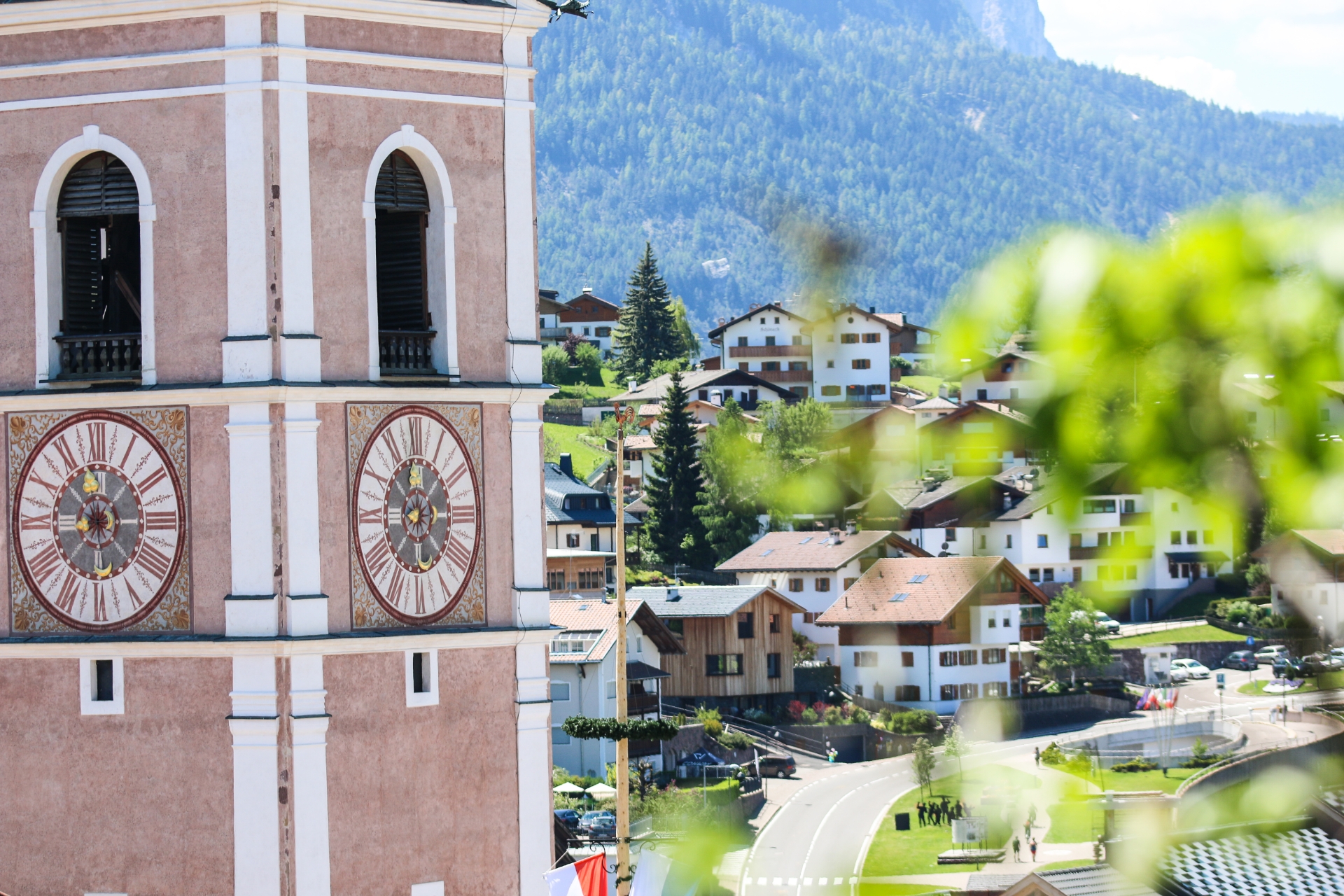
Our village at Castelrotto/Alpe di SiusiVal Gardena / Alpe di Siusi and the Sciliar region
Our village
A holiday at the foot of the Seiser Alm
The village of Castelrotto is made up of the main village plus eleven hamlets (each being a fraction, with its own name and church building). Three of these include a population of Ladin origin. The region covers a difference in altitude of about 2,000 metres: the lowest point is St. Vigil, which is situated at 720 metres above sea level …and the highest point is at the Seiser Alm.
The name ‘Castelrotto‘ was first heard of during the 10th Century. Its origin comes from Latin – Castellum Ruptum . However, the original foundation of the village or town, most likely dates as far back as Roman times. Today, the village represents a typical medieval style, where life is centred around the middle of the square.
The old houses in the village centre are magnificent manor houses, which bear witness to the fact that this was not a village owned by simple farmers, but that it was the home of rich lords. In addition, the name of the village also refers to a former castle. Any remains which exist today, can be found in the St. Anthony chapel at the Kofel mountain.














